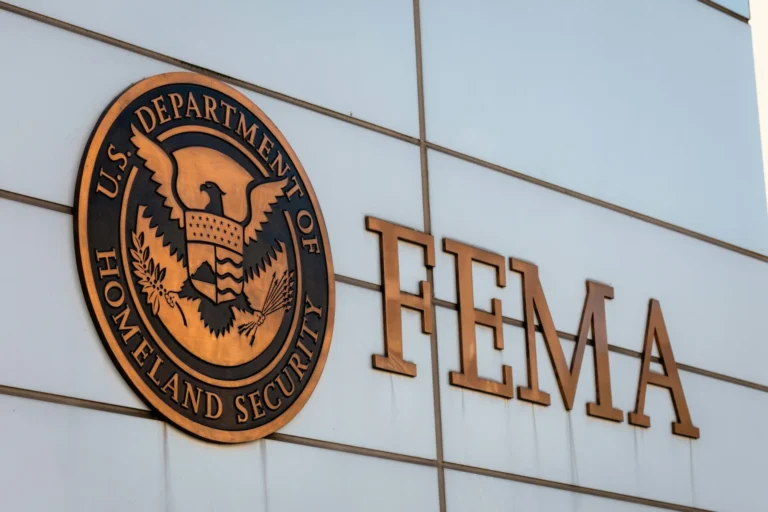By Cliff Montgomery – Jan. 26th, 2009
A January 2009 Government Accountability Office (GAO) study reveals that the Veterans Affairs Office isfailing to provide Congress and the American people with adequate budget projections. Such carelessnessmay hurt our chances of ensuring that our veterans get the patient care and veterans’ benefits they so clearlyneed and deserve.
We provide the GAO’s essential findings below:
“In fiscal year 2007, the Department of Veterans Affairs (VA) spent about $4.1 billion on long-term care forveterans. VA provides—through VA or other providers—[both] institutional care in nursing homes and non-institutional care in veterans’ homes or the community.
“In response to a statute, VA published in 2007 a long-term care strategic plan through fiscal year 2013.”
“In its 2007 long-term care strategic plan, VA reported planned increases for some long-term care workload,but the workload information VA provided for both nursing home and non-institutional care was incomplete.
“With respect to nursing home care, VA reported plans to increase workload for certain veterans for whom VAis required to provide such care. However, VA did not report its nursing home workload plans for most veteransVA currently serves—veterans who receive such care from VA on a discretionary basis and who accounted forover three-fourths of VA’s nursing home workload in fiscal year 2007.
“Although not reported in its strategic plan, VA’s intention is to keep its total nursing home workload stable.Doing so while increasing workload for veterans [which] VA is required to serve would reduce care provided ona discretionary basis.
“For non-institutional care, VA reported plans to increase workload to close gaps in services—previouslyidentified by GAO—for enrolled veterans, for whom those services are to be available. But VA’s plan did notreport the magnitude of this planned increase—167 percent between fiscal years 2007 and 2013—or VA’stime frame for achieving this planned increase. Currently, VA is developing its next long-term care strategicplan.
“In its fiscal year 2009 budget justification, VA estimated that it will increase its long-term care spending overits fiscal year 2008 level, but this estimate is based on cost assumptions and a workload projection that appearunrealistic.
“VA estimated that spending for both nursing home and non-institutional care will increase in fiscal year 2009by about $108 million and $165 million, respectively.
“However, VA may have underestimated its nursing home spending because it assumed nursing home costswould increase about 2.5 percent, an amount that appears unrealistically low compared to VA’s recentexperience and other indicators.
“For non-institutional care, VA proposed a spending increase in order to partially reduce gaps in services.However, VA’s estimated non-institutional spending for fiscal year 2009 appears to be unreliable, because it isbased on a cost assumption that appears unrealistically low and a workload projection that appearsunrealistically high, given recent VA experience. The net effect of these two factors on VA’s fiscal year 2009non-institutional spending estimate is unknown.
“VA’s fiscal year 2009 budget justification did not explain the rationale behind its nursing home and non-institutional cost assumptions, or its plans for how it will increase non-institutional workload.
“Because the workload information reported in VA’s long-term care strategic plan is incomplete, the plan is oflimited usefulness to Congress and stakeholders for determining VA’s strategic direction, the extent to whichVA’s priorities are consistent with congressional priorities, and the level of resources VA may need to achieveits strategic plan goals.
“In addition, in its fiscal year 2009 budget justification, VA’s use, without explanation, of cost assumptions anda workload projection that appear to be unrealistic raises questions about both the reliability of VA’s spendingestimates and the extent to which VA is closing gaps in non-institutional long-term care services.”





